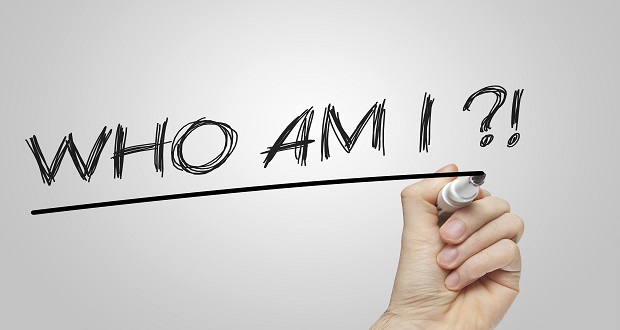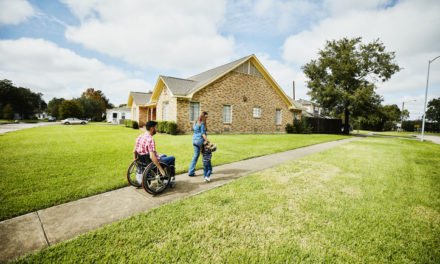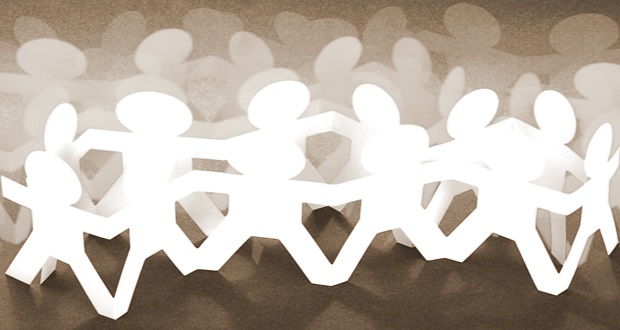
In my first post introducing the book Peacocks, Chameleons, and Centaurs: Gay suburbia and the grammar of social identity I made some connections to identity work in diversity and inclusion. If you have not read the previous post, you should do so first in order to get the most out of this one.
The author, Wayne Brekhus, spends the majority of his book describing the ways individuals do their identity. In other words, how they perform their various identities. But an underlying theme in the book is that everyone performs an identity in a specific social context. Brekhus’ main subjects are gay men in suburban neighborhoods in New Jersey. Although I found it fascinating to read accounts of how different men (“peacocks” in NYC, “chameleons” from NJ to NYC, and “centaurs” in NJ suburbia) performed their respective sexualities in very different ways, I found myself even more interested in how their social context shaped their performance.
I think it’s fair to say that most descriptions of identities are centered in psychological approaches that focus on how individuals understand themselves and how they act out their particular identities. But rarely do you read about how one’s culture or social environment acts to shape who people are and how they behave. This is why I think this book is so important. It gives credence to the “other side of the coin” of identity; the social. In other words, how does your geographical region shape you as a person? How does your involvement with various organizations form your identity boundaries? To what extent does has your upbringing made you who you are today? I still think “personalities” exist and the way one self-identifies is a powerful force. But I think those questions should be couched in the question, “in what context?”
In the last post I tried to make connections between Brekhus’s tropes of Peacock, Chameleon and Centaur to the orientations of cultural competence in the Intercultural Development Inventory® (IDI®) (a tool that assess how individuals and organizations experience difference). Here I want to draw out some implications of his work on the social aspects of identity, especially in regards to training in cultural competence. Brekhus argues that a major force in shaping gay men’s sexual identity is the characteristics unique to the suburbs. Because the suburbs are a generally homogenous, monolithic space (i.e. identical neighborhoods) that emphasizes conformity, this acts to shape people to minimize cultural differences and highlight their “sameness” in relation to identity. At least this was the case for Centaurs (integrators).
I see similar trends in working with clients with the IDI. Most people (at least in American culture) who take the IDI have a “minimization” orientation towards culture (a tendency to overemphasize commonalities that may mask a recognition of difference). Its not that most people are born or have an inherent tendency to minimize differences, but they have been shaped by a culture that encourages them to ignore culture differences at every corner.
I face the same challenges with participants who have a “polarizing” or “denial” orientation towards culture (i.e. the tendency to either ignore difference or base differences on stereotypes). Many individual’s first reaction to their orientation scores is to infer that the orientation is saying something deeply personal about their character (i.e. “I’m not judgmental or avoidant”). But these reactions miss the mark in that they do not take one’s culture into consideration. The various orientations are based on the level of one’s exposure to cultural differences more than it is on someone’s inherent identity.
A shift from a psychological view of identity to a social one, is helpful because it helps people see that identity and their cultural competence is something fluid that changes depending on their context. When working with clients who are defensive or overly self critical, it is always a relief for them to hear that their cultural competence is a result of their relative experience with cultural difference and can be improved with active exposure to different mindsets and contexts. I challenge you to think about how your particular social context has, and is, shaping who you are and who you are becoming. Your identity, the good, bad, and in-between, is fluid and can change depending on the contexts surrounding you.

















